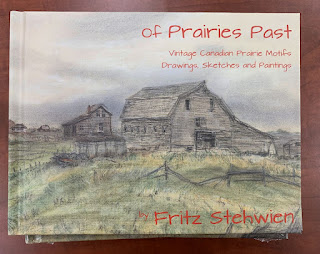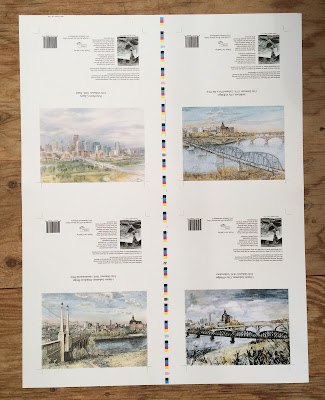 We're excited to announce our Stehwien Art Gallery giftshop table at the HomeSick Market:
We're excited to announce our Stehwien Art Gallery giftshop table at the HomeSick Market:
Saskatoon TCU place, main floor: March 31 & April 1, 2023.
Come check out our latest selection of exclusive Saskatoon puzzles!
New motifs, and a second print run of the sold out Saskatoon Skyline and Elevator puzzles from our Christmas sales.
 |
| Remember this booth at the WDM Christmas Craft Fair! |
























